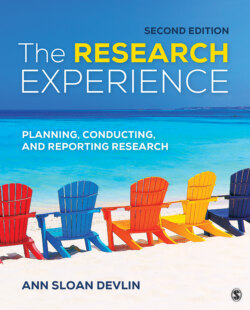Читать книгу The Research Experience - Ann Sloan Devlin - Страница 155
Virtual Environments
ОглавлениеVirtual environments are typically laboratory environments that combine the control of the experiment with the naturalism of the field. This naturalism is created through virtual means. One definition of a virtual environment is “synthetic sensory information that leads to perceptions of environments and their contexts as if they were not synthetic. An immersive virtual environment (IVE) is one that perceptually surrounds an individual” (Blascovich et al., 2002, p. 105). Virtual environments are used in a range of research topics, from clinical psychology (e.g., to deal with phobias) to architecture (e.g., to test wayfinding systems for buildings; see Figure 3.8 from Slone et al., 2015). In the research of Edward Slone et al. (2015), the authors hypothesized that the complexity of the floor plan would affect spatial orientation and wayfinding skills. It did. There were more errors, and reaching the target destination took longer when participants were working with the more complex of the two floor plans.
Virtual environments: Synthetic environments that combine the control of the laboratory with the naturalism of the field; often use immersive approaches.
Survey research: Type of correlational research; employs written questionnaires and/or personal interviews to assess views of a sample of respondents from a population.
